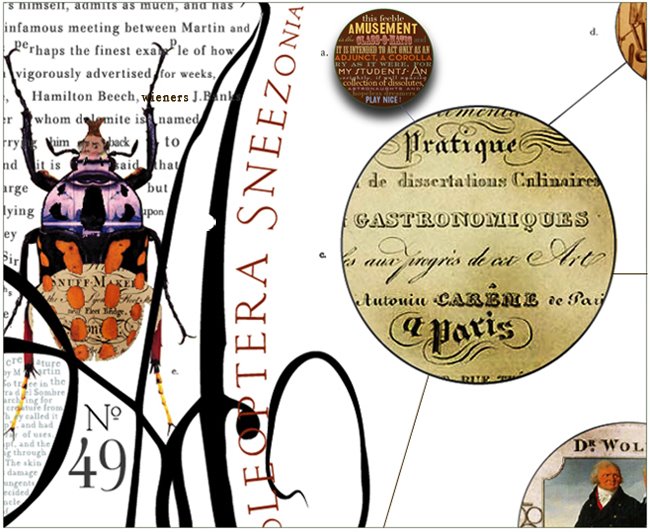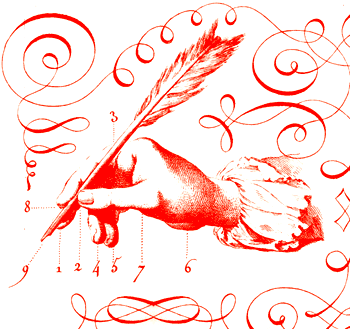" The usual aim of the fable is to teach a lesson by drawing attention to animal behaviour and its relationship to human actions and shortcomings. Animals in fables speak metaphorically of human folly, criticizing human nature. Yet it seems that the nature of Karen Knorr’s work has another aim. In Knorr’s “Fables” the animals are not dressed up to resemble humans nor do they illustrate any explicit moral. Liberated, they roam freely in human territory drawing attenton to the unbridged gap between nature and culture. They encroach into the domain of the museum and other cultural sanctuaries which resolutely forbids their entry.
Indifferent, the animal remains “other”, a stranger to the context in which it is inserted. The animal is not the real subject of the work nor is architecture. Karen Knorr’s work shows us the incommensurable distance between two worlds: raw nature on the one hand and on the other the cultural site which allows nature entry only in the form of a representation. Although peaceful, the intrusion of the animals’ presence subverts the institution. The work highlights the “against nature” character of the museum itself.
Karen Knorr’s work assumes this paradox fully and plays with staging the perception of nature within the domain of representation and artifice. "








No comments:
Post a Comment